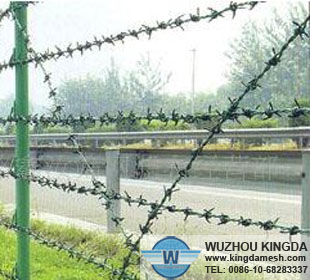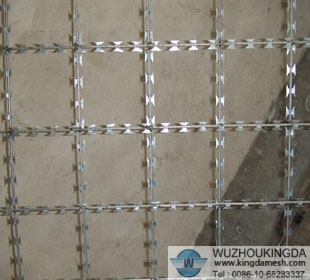Barbed Wire Stretching Techniques
Barbed Wire Stretching Techniques
Once the posts are firmly set, the next important criteria in building barbed wire fence is the use of proper wire stretching techniques. Too little tension on the wire results in a sagging fence that can be ineffective in containing livestock. A fence that's stretched too tight can cause wire to break or posts to pull out of the ground.
Wire Stretching Methods
There are basically two different philosophies on how to stretch barbed wire. The end of the barbed wire roll is almost always fastened to a corner post. Some people stretch wire to the next corner or to an inline brace if the roll of wire does not reach the corner. Others tie ends of a roll to two opposite corner posts and stretch toward the middle. Both methods work, so the choice really depends on personal preference and fence length.
Types of Wire Stretchers
A number of different stretchers are used to put tension on a barbed wire fence. When fence is stretched from corner to corner, many ranchers tie the wire to the draw bar of a tractor and stretch it by moving the tractor forward. A come-along, which is basically a hand winch, is commonly used for both methods of wire stretching. Wire tensioners are another option and are designed strictly for stretching wire. They can be purchased at farm and ranch retail centers.
Wire Grippers
Wire grippers are important tools for stretching wire. There are many types of wire grippers, and generally they all work well. One end has an eye for attaching the wire stretcher, and the other end has a gripping mechanism for fastening to barbed wire. If a tractor is used to stretch wire, a chain is connected between the gripper and the draw bar.
Order of Fastening Wire to the Posts
Barbed-wire fences vary from four to six strands of wire. To maintain wire tension, it is important to fasten the top wire to posts first and then work your way down to the bottom wire.






